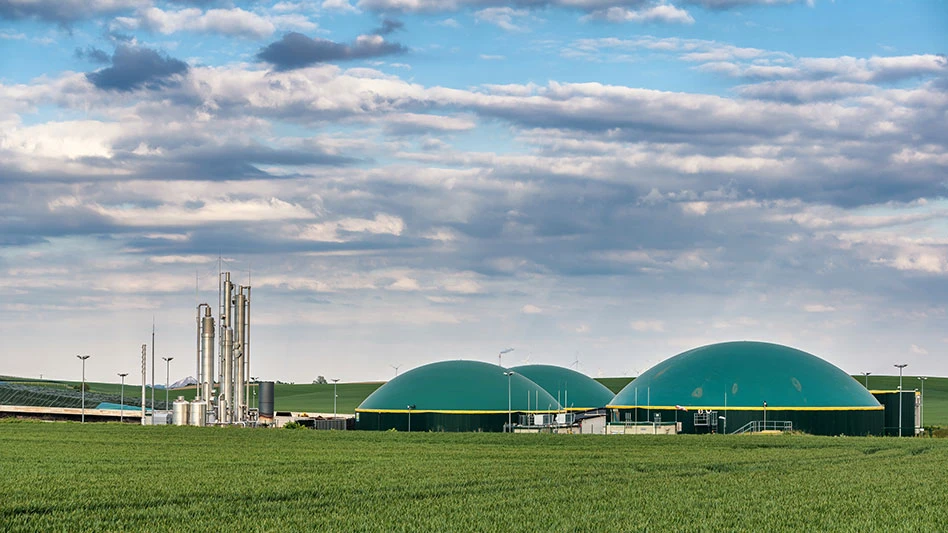
Image courtesy of EPA
To understand the impact food waste has on U.S. landfill greenhouse gas (GHG) emissions, the Environmental Protection Agency (EPA) developed the report “Quantifying Methane Emissions from Landfilled Food Waste” to estimate the quantity of methane emissions released into the atmosphere from decaying food waste in municipal solid waste (MSW) landfills in the United States from 1990 to 2020.
This report is EPA’s first published estimate of annual methane emissions from landfilled food waste and the first peer-reviewed national reference point for the amount of methane emissions attributable to food waste in U.S. MSW landfills.
RELATED: Ripe time to harvest RNG | From landfills to clean energy: How the Inflation Reduction Act empowers food waste diversion projects
This analysis relied on existing EPA models and data sources to compare the estimates of modeled methane emissions while examining factors that influence methane emissions. These factors include total tonnage of landfilled food waste, landfill characteristics, food waste decay rate, landfill gas collection systems installation and efficiency and the amount of methane oxidized as the gas passes through the landfill cover material.
Results from the analysis reveal that, while total emissions from municipal solid waste landfills are decreasing, methane emissions from landfilled food waste are increasing. Findings from the report illustrate the outsized impact landfilled food waste has on methane emissions. This data confirms that diverting food waste from landfills is an effective way to reduce methane emissions from municipal solid waste landfills.
Some key findings from the study include:
- an estimated 58 percent of fugitive methane emissions from MSW landfills are derived from landfilled food waste;
- an estimated 61 percent of methane generated by food waste avoids collection by landfill gas collection systems;
- reducing food waste by 50 percent in 2015 could have decreased cumulative fugitive landfill methane emissions by approximately 77 million metric tons of Co2 equivalent (MTCO2e), compared to business as usual by 2020; and
- for every 1,000 tons of food waste landfilled, an estimated 34 metric tons of fugitive methane emissions are released.
Because of its relatively fast decay rate, most of the methane derived from food waste escapes to the atmosphere before it can be captured with a typical gas collection and control system (GCCS), the EPA says. Reducing the amount of food waste disposed in landfills would be an effective way to reduce methane emissions from MSW landfills.
The EPA says sending food waste to landfills is among the least beneficial ways to manage food waste. Donating or upcycling excess food, converting food waste to animal feed, composting food waste and processing it through anaerobic digestion all are better ways to manage food waste, the agency says.
Get curated news on YOUR industry.
Enter your email to receive our newsletters.Latest from Waste Today
- ASAP Marketplace launches the Dumpster Debris Calculator
- Yanmar Compact Equipment North America appoints new president
- Plum Creek Environmental acquires Custom Installation LLC
- Avis introduces Harris American Co.
- Landfill Insights: The science of landfill compaction
- Project Canary, Sniffer Robotics partner to develop methane emissions monitoring tools
- Montauk Renewables breaks ground on Tulsa RNG project
- Meridian Waste donates $50K to community organizations





